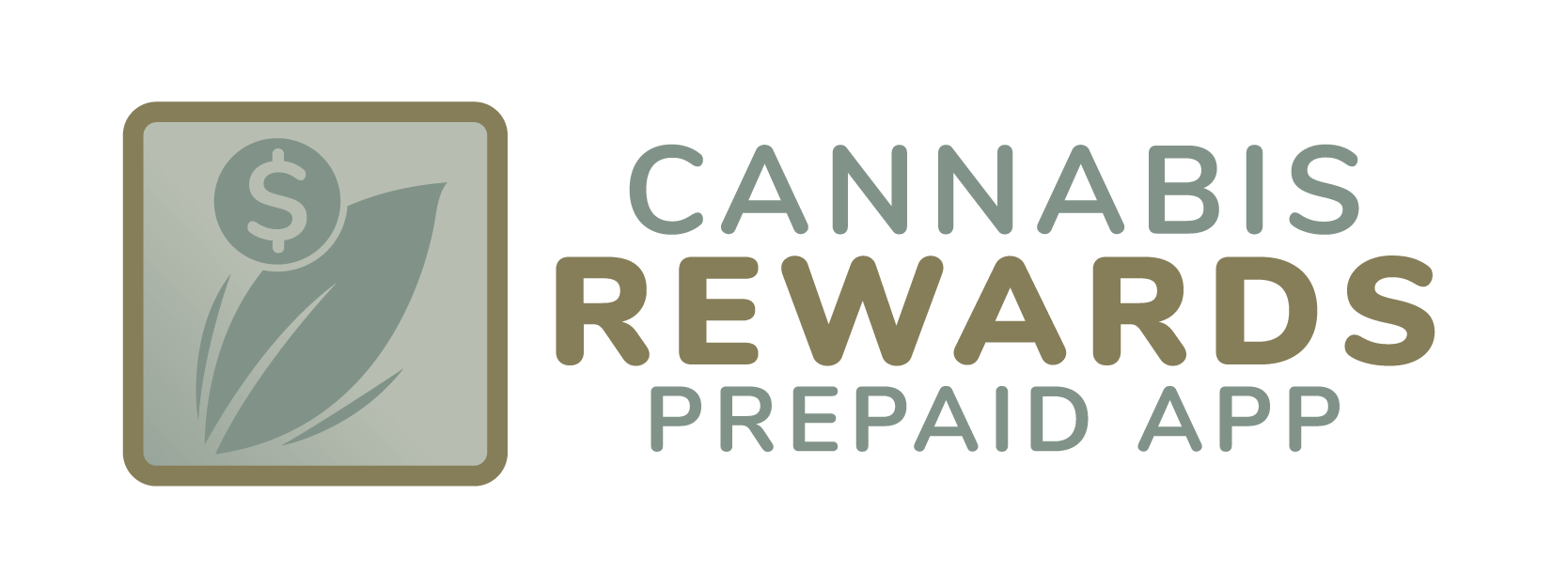Cannabis consumers today expect the convenience of modern e-commerce—streamlined menus, loyalty perks, and seamless payments. Yet the reality often falls short, leading to frustration, confusion, and lost business.
Clunky ordering experiences
Take Sarah, a 27‑year‑old working professional. She recently tried ordering from her go‑to app after work:
“The menu kept crashing and prices flickered. By the time I could add my favorite pre‑rolls, they were gone.”
Even well-funded platforms aren’t immune. A surveillance study found that only ~25% of retailers actively promote online ordering or curbside pickup, with varying reliability even in mature markets like Las Vegas and Seattle.
Rewards programs that miss their mark
Loyalty programs in cannabis apps often feel empty. Offers can be unclear—random tiers, points that expire too quickly, limited redemption windows. For Jose, age 24:
“I earned 300 points and thought I’d snag a free edible. Turns out, that’s like $3 off. Felt bait‑and‑switchy.”
Flowhub’s demographic data show Gen Z and millennials account for ~65% of cannabis buyers. Younger consumers expect tech-savvy, value-driven rewards, not opaque programs that seem designed more for PR than real savings.
Payments without peace of mind
Many apps require cumbersome verification: repeated photo IDs, manual review, and delayed payments. Others offer mobile wallets that overcharge. Research on mobile payments shows users often overspend when transactions feel frictionless.
Megan, a 45‑year‑old casual user, shares:
“It took me 30 minutes to upload a photo of my card. By the time payment went through, my order was denied.”
Regulatory maps vary widely by state, making standardized payments nearly impossible.
Who’s most affected?
- Gen Z & Millennials (21–40)
Digital natives expect smooth, fast, app-first experiences. According to Flowhub, they make up nearly 65% of buyers. Frustrations here lead them to ditch apps entirely. - Lower to middle‑income users
Numerator data found many cannabis consumers fall in these income brackets—and are deterred by hidden fees, confusing loyalty, or poor value. - Occasional or older buyers
Less frequent users (often Gen X and Boomers) may struggle with verification hurdles and assume the app isn’t for them.
What the market research says
A US discrete-choice study showed consumers value accessibility and quality even more than price when choosing legal cannabis. Improving app access (fast checkout, real menus, reliable stock) is key. But loyalty and payment systems are just as crucial—buying frequency depends on overall experience, not just deals.
A roadmap to fix it
- Stabilize inventory & UX: Don’t let menus crash mid-order.
- Transparent loyalty: Show value clearly—e.g., “500 points = $5”.
- Simplify payments & verification: Use trusted wallets, streamline ID checks.
- Demographic customization:
- Younger buyers: crave social sharing, gamification, mobile wallet perks.
- Occasional users: need quick, no-fuss guest checkout with clear help prompts.
Closing thoughts
Consumers like Sarah, Jose, and Megan reflect a broader truth: cannabis retail apps have major potential, but are falling short where user expectations are highest. With younger, budget-conscious demographics dominating the market, brands must prioritize frictionless ordering, solid rewards, and secure yet smooth payments.
Get these core elements right, and we’ll see happier customers—and a healthier bottom line.
Discover app reviews here.

